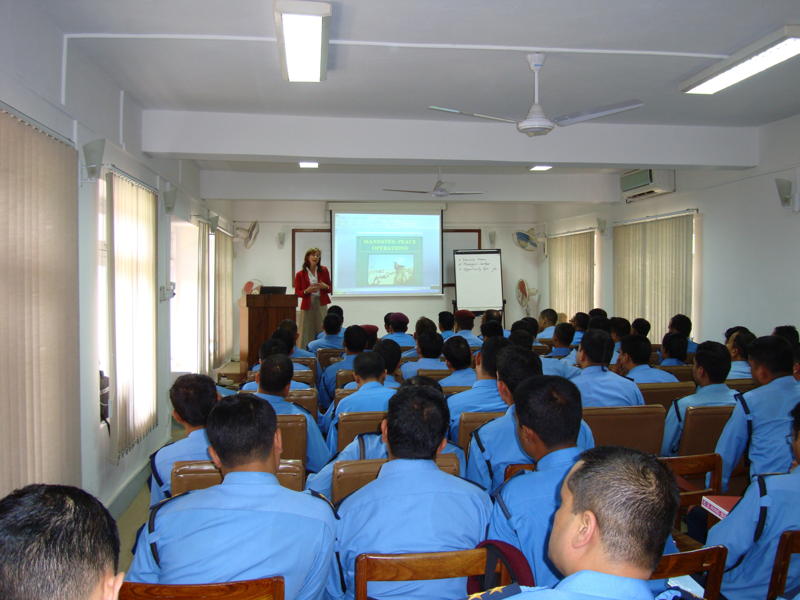Model Codes for Post-Conflict Criminal Justice
 The model codes represent a valuable law reform tool for those in post-conflict countries. There are a variety of ways in which the model codes may be employed in the reform process. It depends entirely upons the particular post-conflict state in which the modes codes are utilized.
The model codes represent a valuable law reform tool for those in post-conflict countries. There are a variety of ways in which the model codes may be employed in the reform process. It depends entirely upons the particular post-conflict state in which the modes codes are utilized.
It is very common for law reformers to look to other sources of law when drafting new laws to expedite the reform process. For example, they may look to the laws in place in neighboring countries or countries with which the reforming country has strong ties. The model codes provide one more source of law to look to and to draw from, with a number of added features:
- The model codes are tailored to the needs of countries emerging from conflict.
- The model codes have been drafted to ensure compliance with international human rights norms and standards. Many of these standards are abstract in nature and often require detailed provisions to implement them fully into domestic law. The model codes provide useful examples of how to operationalize international human rights in the context of criminal law reform with sample provisions and commentaries that provide detailed explanations of the provisions and the international standards.
- There are also quite a number of criminal law standards that have been integrated into international treaties in recent years, mainly focusing on transnational crimes
(e.g., trafficking in persons, organized crime, terrorist acts). Many post-conflict states have signed these treaties, which impose numerous obligations on states to incorporate certain criminal law provisions and procedures into domestic law in order to effectively address these transnational crime problems. This can be quite a challenging task. The model codes take into account the various international treaties dealing with transnational crime and provide sample provisions and procedures (and accompanying commentaries) based on them that can be used as a source of inspiration in drafting new laws or updating existing ones.